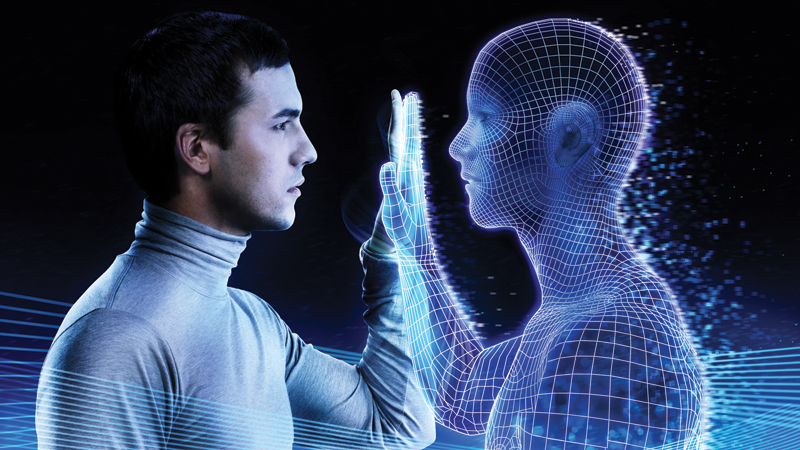Cyborgs are often included in a futuristic view, but what are cyborgs exactly? The term cyborg was first used in 1960 by Manfred Clynes and Nathan Kline, they defined it as a being with organic and biomechatronic body parts. One could thus argue that the future is already there since bionic limbs already have been used, but what does this imply for the future and our current notions of the human body? As we all learned, evolution made us become the humans we are today. But with the new knowledge we have nowadays and the rise of technology, we do not want to wait around anymore to let evolution do its thing. We took things in our own hands and are now reengineering our own bodies and biochemistry. Experts argue that there are three possible paths along which we further the develop our own being: biological engineering, cyborg engineering and the engineering of non-organic beings.
When we develop biological engineering, we reject natural selection and we start changing the structures of our brain, our DNA and our hormonal systems. Our genetics and biochemistry can change completely, and we might even be able to grow new limbs for people who lost their own. Cyborg engineering is something that is already happening to some extent, through electrodes both humans and monkeys have already controlled bionic limbs with their mind. This fusion of our organic bodies and non-organic devices can lead to all kinds of new abilities. Surgeons can for instance operate on a distance, just by using the electrodes that are connected to their brains. The last path, engineering of non-organic beings, takes the notion of unconnected body parts a step further, it removes them completely for the future and suggest we will operate only digitally, with our consciousness uploaded somewhere online.
The discussion on the scenarios sketched above has everything to do with extropianism, which is defined as the discussion on: “evolving framework of values and standards for continuously improving the human condition”. If you frame it like this, probably no one would argue against progress like this, we could cure all diseases and change our biochemistry in a way that we will always be happy. However, with all these developments, and concepts as indefinite lifespans lurking, a more ethical question arises; to what extent do we really want to alter the human body, are we evolving into a new human species and should we hit the brakes? Or is it another consequence of human development and should we go along with it?
References:
Cyborgs and Space, in Astronautics (September 1960), by Manfred E. Clynes and American scientist and researcher Nathan S. Kline.
Harari, Y. (2016). Homo Deus. London, United Kingdom: Vintage.
Max More (2003). “Principles of Extropy (Version 3.11): An evolving framework of values and standards for continuously improving the human condition”. Extropy Institute.


